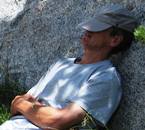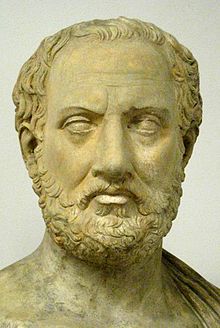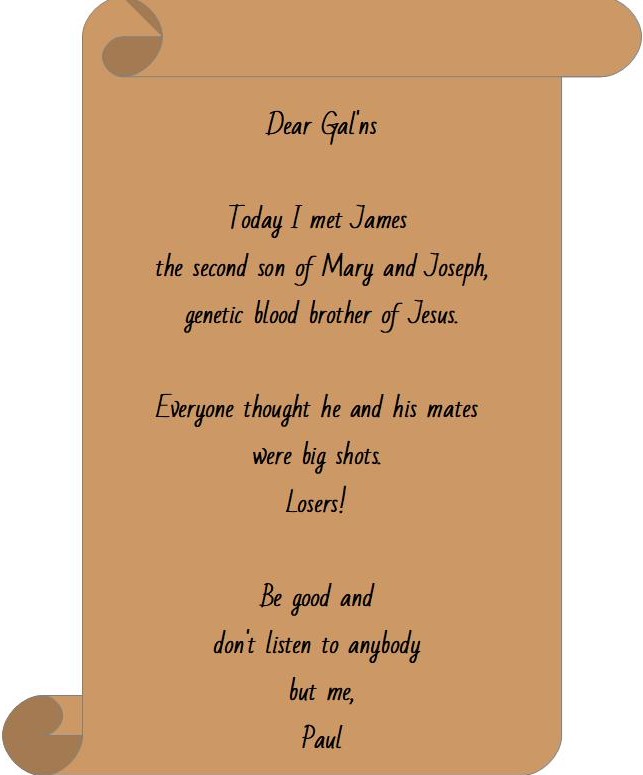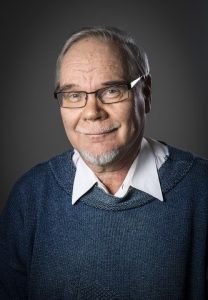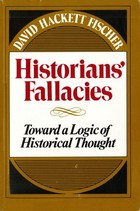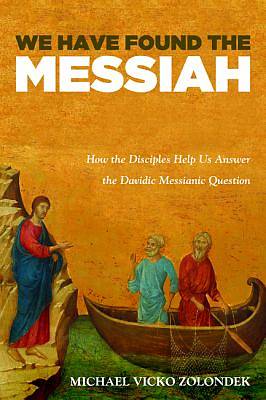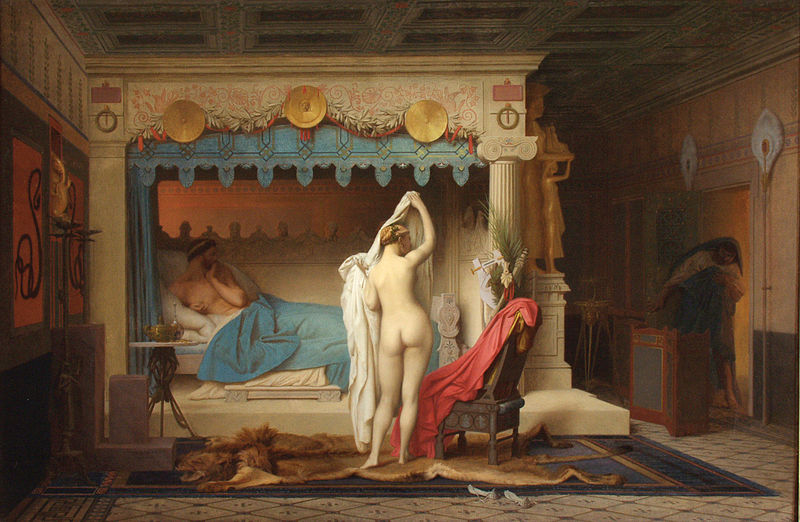If all we have is an ancient historical or biographical narrative that we cannot verify by independent evidence (and keeping in mind that, as we saw in the previous post, external claims also need to be capable of verification) then how can a historian go about deciding how much of the narrative is likely to be true?
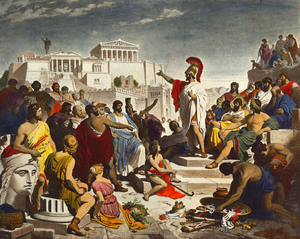
Continuing with Peter Kosso’s argument we come to his fourth method of verification, an examination of the internal features of our document. Kosso is using Thucydides as a case study.
There is the fact, abhorrent to modern historians, that he “never tells his sources [at best he only says he garnered information from (anonymous) eyewitnesses and his own experiences — my note], and that he never justifies his opinions.” There are no arguments in Thucydides, and no footnotes. These silences force the judge of his credibility to use internal methods, since they eliminate the easiest way of finding other, independent sources of information. (p. 9)
Take the long speeches he puts into the mouths of key actors. Thucydides explains that it was obviously impossible to report these accurately but he attempted to reproduce what he believed would have been the general sense of what each person said. Thus,
With his own words Thucydides makes us uneasy over his veracity and he plants the worry that the message of the speeches may be as much a report on his own opinion as on the facts of the matter. (p. 9)
Internal features compatible with accuracy and objectivity
- Vivid and full of detail
The writing is exceptionally vivid and full of detail, “participatory” in the sense that the reader is drawn in to relive the events. This is reminiscent of Hume’s suggestion that the products of imagination are less vivid than the products of observation. (p. 10)
That sounds fine at first blush, but of course a moment’s reflection will warn us of the catch.
But of course a good novel can be vivid and participatory, and many works of fiction are livelier and more real-seeming than The Peloponnesian War. Attention to detail and realistic style, in other words, are not necessarily indicative of truth. (p. 10)
- Expressing divergent opinions
Thucydides gives us two sides of the story when he sets out his speeches. He will allow a figure to present the Spartan point of view as well as another to give the Athenian one. That he does so suggests to us that he is trying to be fair and even-handed.
Presentation of all sides is of course possible to do in fiction as well, but it is perhaps less likely, since good fiction intends to make a point. Thus Thucydides’ reporting from a variety of perspectives would be a symptom of his objectivity if it remained evenhanded and no discernible opinion, no favored perspective of the events, emerged in the narrative. (p. 10)
But a close reading of Thucydides will reveal another, far less objective or historical, purpose for the presentation of these diverse viewpoints. At this point I leave Peter Kosso’s article for a moment and turn to a closer look at another article that Kosso cites: Continue reading “How a Historian Establishes “What Happened” when “we only have the words of the text””

